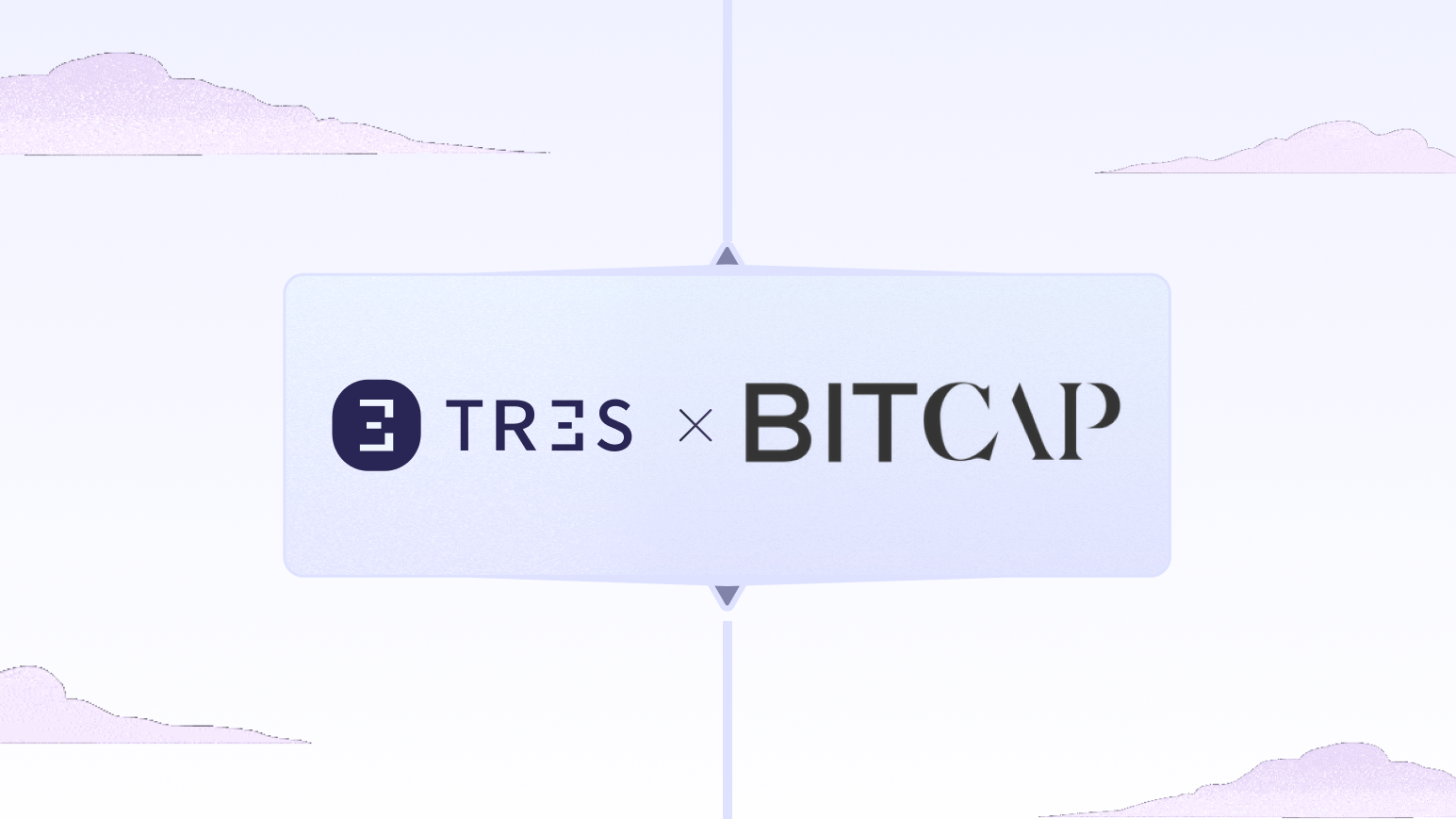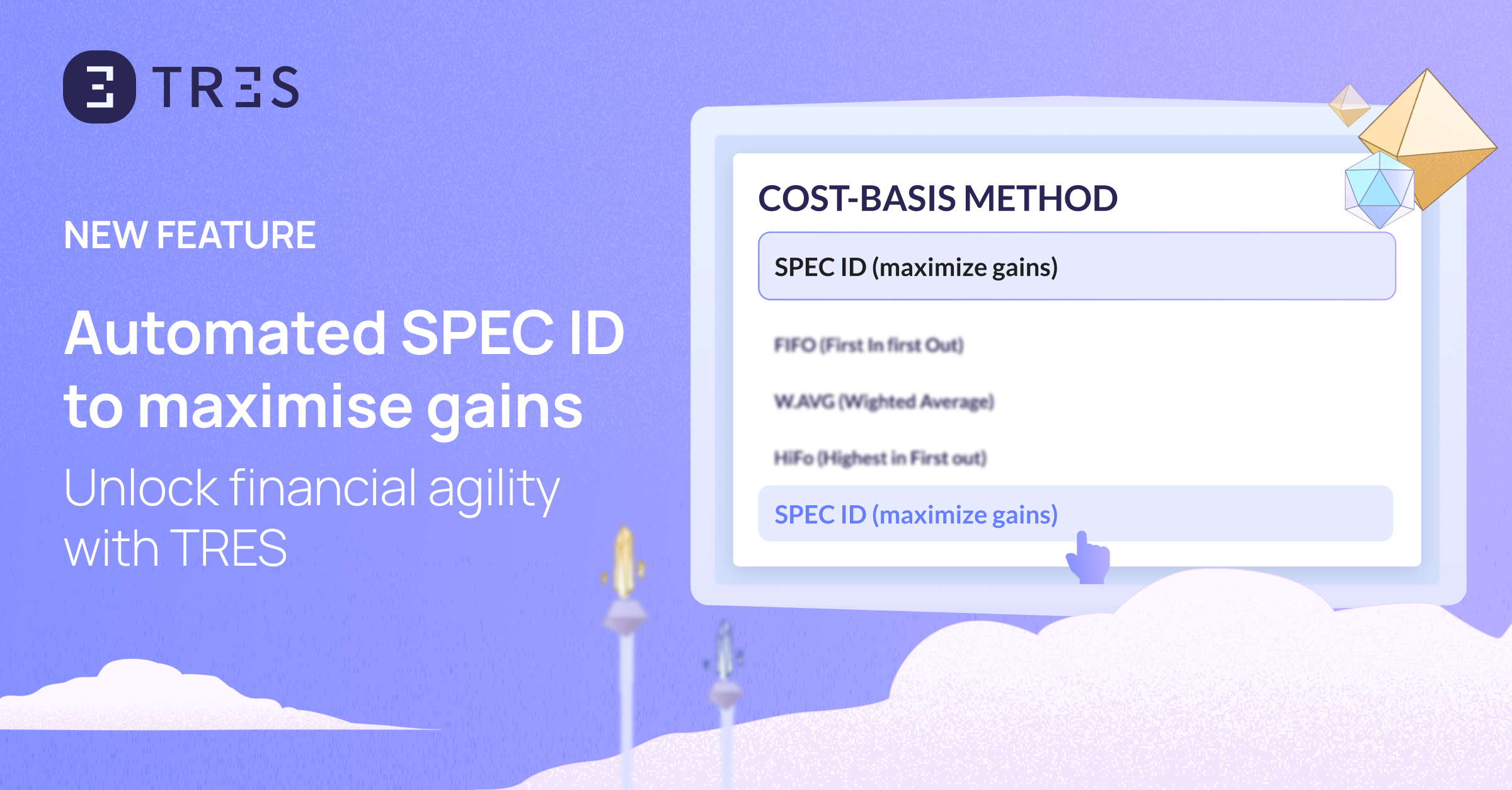Cardano, often known by its ticker code ADA, is a decentralized blockchain that uses a proof-of-stake algorithm. It is supposed to be a more efficient alternative to networks that use a proof of work algorithm.
Ada is the name of Cardano’s cryptocurrency, which was given in honor of Augusta Ada King, Countess of Lovelace (1815-1852), who is widely acknowledged to have been the first to write computer code. The Proof of Stake consensus technique on the blockchain makes use of Ada. Users who participate in a stake pool are eligible to get it as a reward for their effort to contribute to the blockchain.
How Does the Cardano Staking Pools System Function?
Cardano uses the Proof-of-Stake (PoS) consensus process. Within this system, users “stake” a token in exchange for the option to become a validator. Users have two options for how they may participate in the staking and validation process. You can either become an owner of a stake pool or an operator of a stake pool. The process of verifying transactions is carried out through stake pools, which are pools of trusted server nodes.
A person who has delegated their Ada to a pool is said to be a stake pool owner. You have the option of keeping your stake pool confidential or inviting others to participate in it. You may also become a pool owner by committing your Ada to another pool. This is another way to become a pool owner.
A trustworthy individual responsible for managing the stake pool by renting servers, monitoring the node, keeping the pool key, and doing other pool administration responsibilities is a stake pool operator.
How does Cardano differ from Bitcoin in its functionality?
Bitcoin and Cardano are different in several essential respects. Bitcoin was designed from the ground up to function as a decentralized, peer-to-peer digital currency. Cardano is an ecosystem that enables other developers to construct scalable use cases for blockchain networks, such as tokens, decentralized apps, or other use cases.
Cardano’s consensus is based on proof-of-stake, unlike Bitcoin’s, which rewards miners with ada as an incentive in a competitive mining process. This reduces energy and waste footprints because it eliminates the need for significant quantities of electricity to run computers that are developed expressly for mining. Users of Cardano may begin receiving incentives for participating in the network immediately after installing suitable wallet software on their PCs or other devices, staking their Ada, and beginning to participate.
Supported features
Supported
Supported
Supported
Supported
Supported

